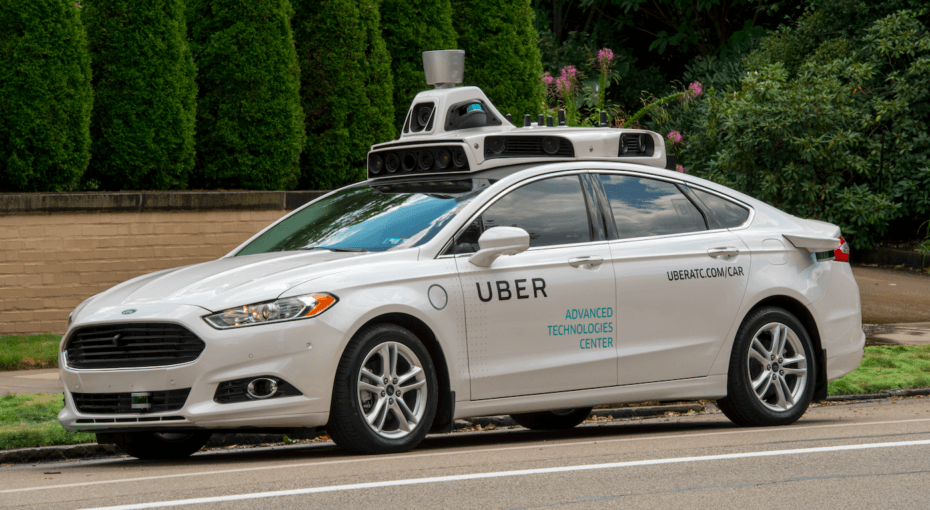Earlier this month, it was reported that Pittsburgh residents finally have a chance to ride in one of Uber's new self-driving vehicles. While some passengers may find the prospect of riding around in an autonomous taxi exciting, a recent Guardian report shows just how experimental they still are.
According to documents obtained by the publication under public record laws, up until June this year, Uber made any non-employees traveling in its self-driving vehicles sign a waiver releasing the company from any responsibility in the event of injury or death.
One senior Pittsburgh police officer had to sign the form, which reads: "I acknowledge that some or all of the [autonomous vehicles] in which I ride are in a development phase, are experimental in nature, and that riding in an [autonomous vehicle] may involve the potential for death, serious injury, and/or property loss."
The document also identifies what may go wrong while traveling in one of the vehicles: "Risks associated with riding in an [autonomous vehicle] may include, without limitation, those caused by equipment failure, development vehicle operators or other safety drivers, actions of other motorists, weather, temperature, road conditions, negligence or human error."
When asking passengers to relieve Uber of liability even after their death, the clause reads: "I hereby agree on behalf of myself, my executors, administrators, heirs [and] next of kin."
"Loyal" Uber Pittsburgh passengers who travel in the self-driving cars don't have to sign waivers, though the company did tell the Guardian that all riders are covered by $5 million of accident insurance.
Uber's autonomous cars only operate on certain routes where they've been extensively tested. One engineer will be behind the wheel ready to take control should something go wrong, while another records data from the passenger seat. Journeys in these vehicles continue to be free.
While there are plenty of safety precautions present in Uber's self-driving cars, the waiver shows just how far we have to go before these vehicles become truly autonomous and safer than human drivers.
With a Google self-driving car recently involved in one of the worst autonomous accidents, along with constant questions over Tesla's autopilot system, predictions that the technology won't start appearing on our roads in large numbers until at least midway through the next decade appear accurate.
